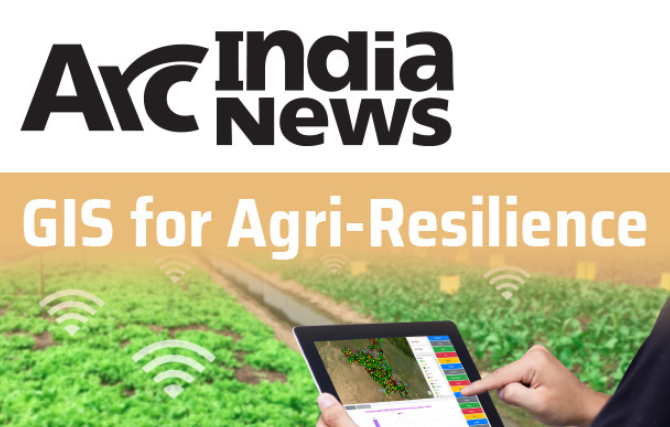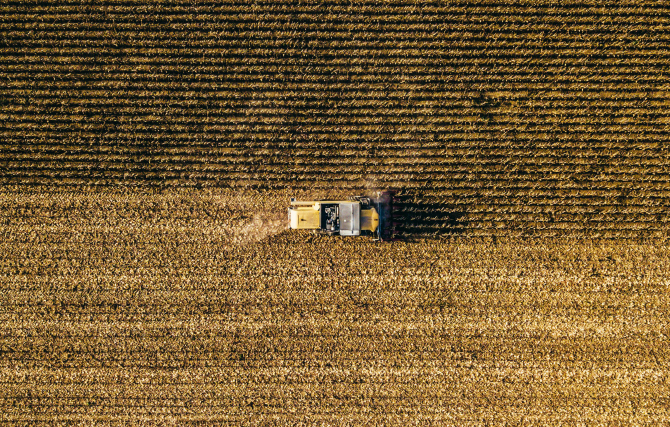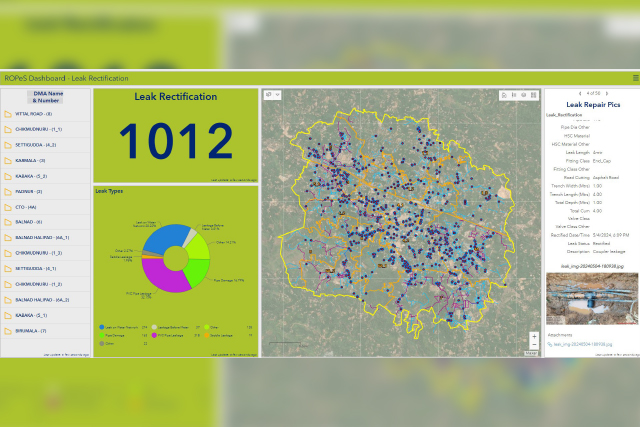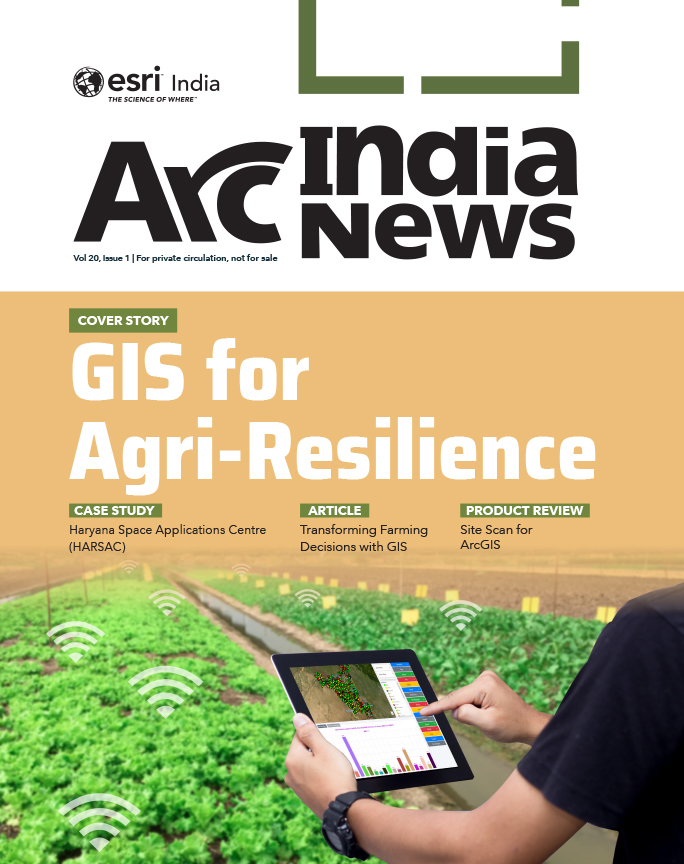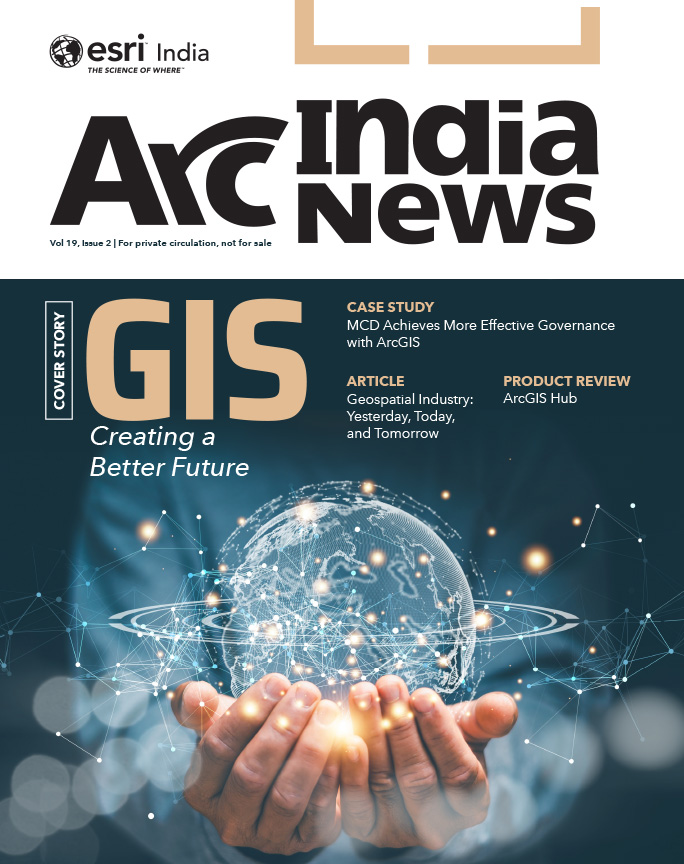Delhi NCR region experienced significant flooding in July 2023, systematically monitored using Sentinel-1 SAR datasets. The flood extent was quantified on three specific dates: 12th July, 16th July, and 24th July 2023. The observed flood extents on these dates were 170.326 km², 365.929 km², and 92.5154 km², respectively. The findings revealed a clear progression in flood extent, with initial flooding observed on 12th July, peak flooding on 16th July, and recession by 24th July. The assessment indicated flooding occurring in three stages, covering 170.326 sq. km, 365.929 sq. km, and 92.514 sq. km on 12th, 16th, and 24th July, respectively. The flood event in Delhi NCR during July 2023, as quantified by the Sentinel-1 SAR datasets, revealed a significant temporal variation in flood extent. The initial, peak, and recession phases of flooding presented unique challenges and implications for flood management and mitigation. This analysis underscores the critical role of timely and accurate flood monitoring in enhancing the resilience of communities to such natural disasters.
This analysis of flood extent provides critical insights into the flood management practices required for the Delhi NCR region. The data underscores the importance of integrating remote sensing technologies, such as Sentinel-1 SAR datasets, into flood monitoring and response frameworks. By leveraging such technologies, authorities can enhance their capacity to predict, respond to, and recover from flood events, thereby reducing the adverse effects on human life and infrastructure(Thakur et al., 2020).
